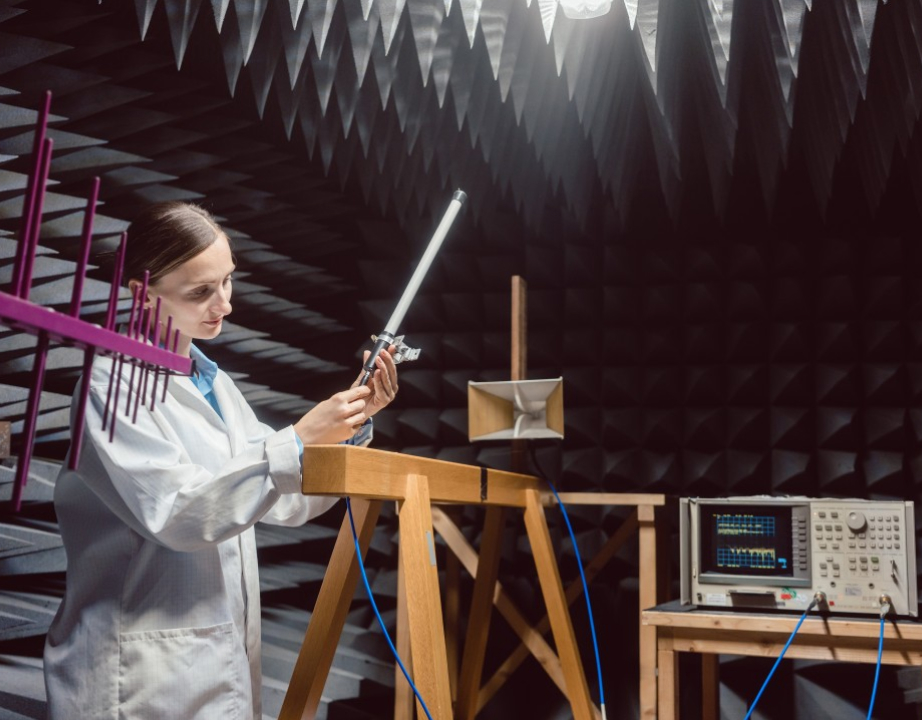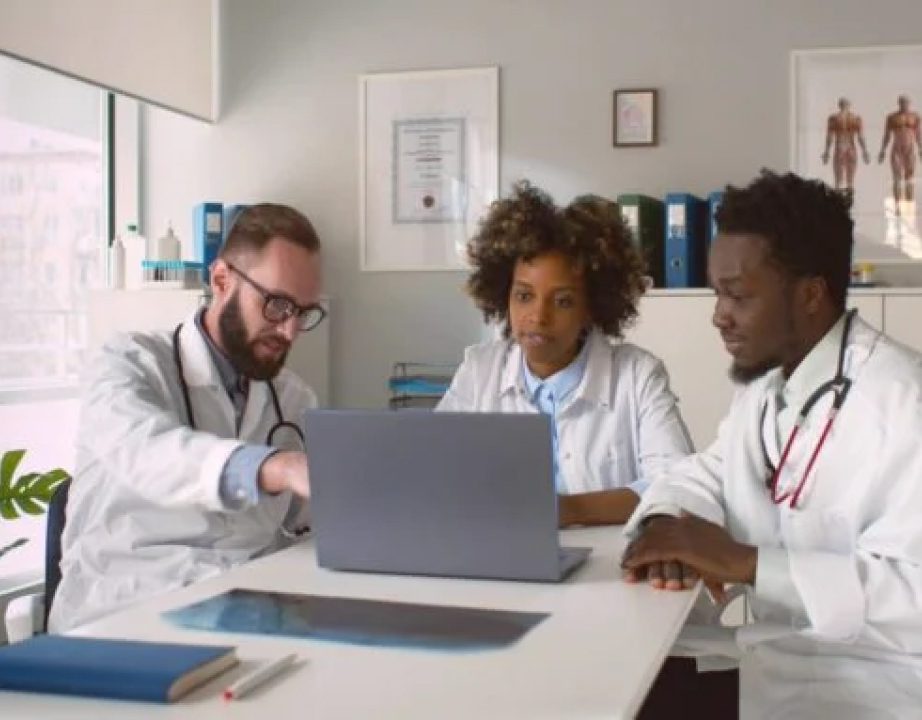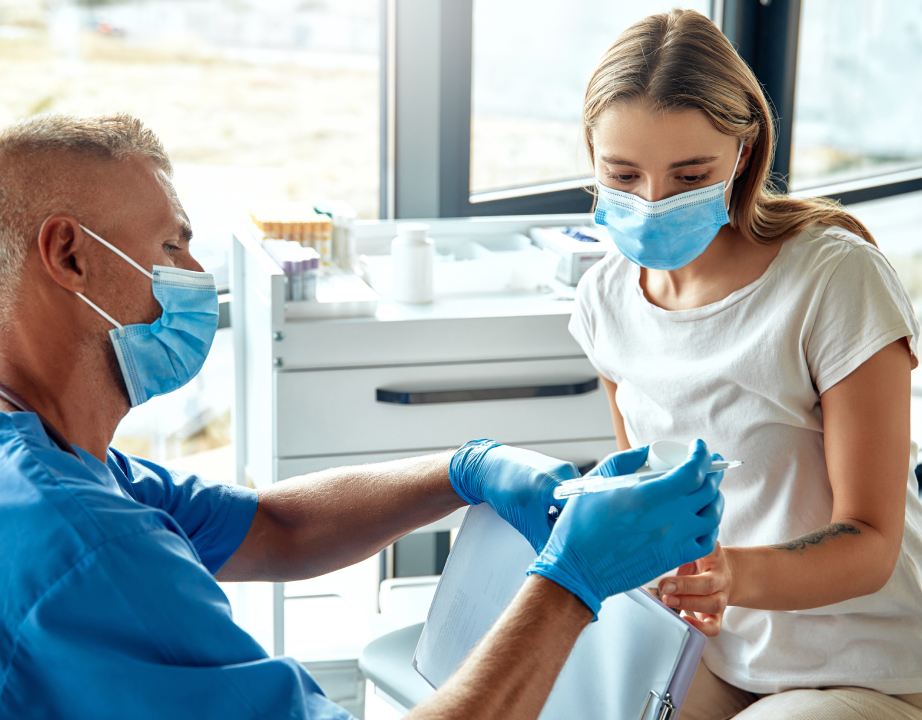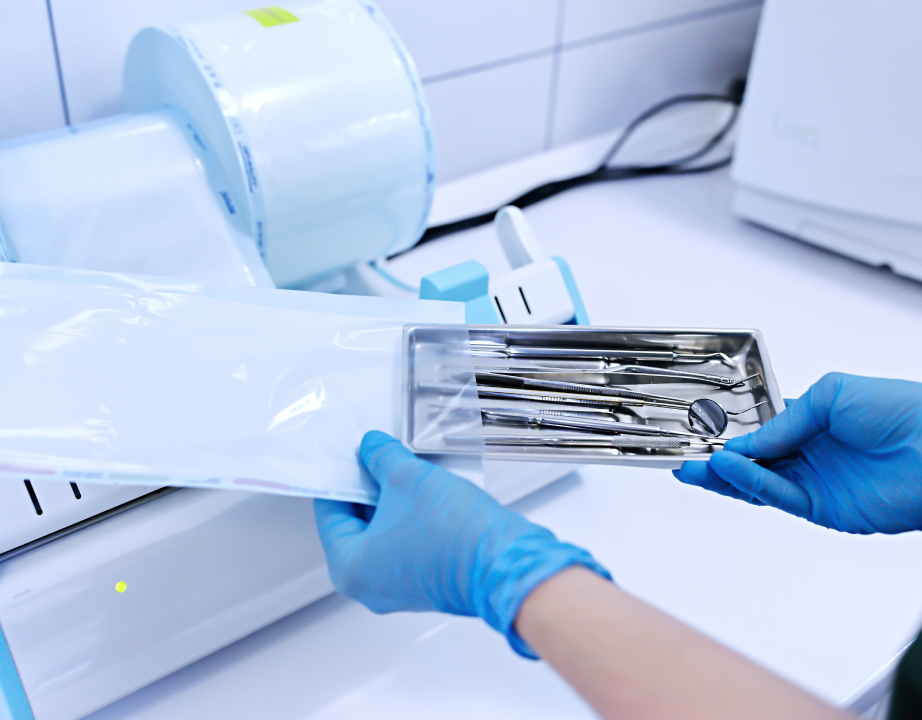1. Regulatory Compliance and Standards
Adherence to International and Local Standards
Ensuring that our medical equipment meets stringent regulatory standards is a cornerstone of our operational strategy. Compliance with international and local regulations guarantees that our equipment is safe for use and capable of delivering accurate results. Key regulatory standards include:
- ISO Standards: We adhere to the International Organization for Standardization (ISO) standards, particularly ISO 13485 for medical device quality management systems. This ensures that our equipment meets global quality and safety requirements.
- FDA Regulations: For equipment used in the United States, we comply with the U.S. Food and Drug Administration (FDA) regulations. This includes ensuring that all equipment is FDA-approved and follows guidelines for safe and effective use.
- CE Marking: Equipment used in Europe must have CE marking, indicating compliance with European Union regulations. This mark ensures that the equipment meets safety, health, and environmental protection standards.


Procurement and Selection Process
Our procurement process is designed to ensure that only the highest-quality equipment is selected for use in our clinics. This process involves:
- Vendor Evaluation: We conduct thorough evaluations of equipment vendors and manufacturers. This includes assessing their quality management systems, reputation in the industry, and adherence to regulatory standards.
- Product Testing: Before procurement, equipment undergoes comprehensive testing to verify its performance, accuracy, and reliability. This testing includes evaluating the device’s functionality, safety features, and compatibility with our clinical needs.
- Approval Process: All equipment must pass a rigorous approval process, which involves input from clinical experts, technical staff, and compliance officers. This ensures that the equipment aligns with our quality standards and clinical requirements.
2. Maintenance and Calibration
Routine and Preventive Maintenance
To maintain the optimal performance and safety of our medical equipment, we implement a comprehensive maintenance program. This program includes:
- Scheduled Maintenance: Equipment undergoes routine maintenance according to manufacturer recommendations and industry best practices. This includes regular inspections, servicing, and replacement of worn parts to prevent equipment failure and ensure reliable operation.
- Preventive Maintenance: We take a proactive approach to maintenance by identifying potential issues before they impact equipment performance. Preventive maintenance involves regular checks, system updates, and condition monitoring to prevent breakdowns and extend the lifespan of the equipment.
- Emergency Repairs: In the event of equipment malfunction or breakdown, our dedicated repair teams respond promptly to minimize disruption to patient care. Emergency repairs are carried out swiftly to restore equipment functionality and ensure continuous service delivery.


Calibration Procedures
Accurate calibration is crucial for the reliable operation of medical equipment. Our calibration procedures include:
- Calibration Frequency: Equipment is calibrated at regular intervals based on usage patterns and manufacturer guidelines. This ensures that devices deliver precise and consistent results, which is essential for accurate diagnostics and treatment.
- Calibration Records: We maintain detailed records of all calibration activities. These records include calibration dates, results, adjustments made, and the credentials of the personnel performing the calibration. This documentation is critical for tracking equipment performance and ensuring compliance with regulatory requirements.
- Certification: Calibration is performed by certified professionals using validated instruments and methods. This certification ensures that our calibration practices meet industry standards and provide accurate measurements.
3. Equipment Usage and Safety
Training and Education Programs
Proper training and education are essential for the safe and effective use of medical equipment. We provide comprehensive training to our healthcare professionals, which includes:
- Initial Training: New equipment is accompanied by detailed training for staff on its operation, maintenance, and safety features. This training ensures that users are familiar with the device’s functionalities and can operate it correctly.
- Ongoing Education: We offer regular updates and refresher courses to keep staff informed about new technologies, best practices, and any changes in equipment operation. Ongoing education helps maintain high standards of care and adapts to advancements in medical technology.


Safety Protocols
Safety is a top priority in the use of medical equipment. We implement rigorous safety protocols to protect both patients and staff, including:
- Operational Guidelines: Each piece of equipment is accompanied by clear operational guidelines that outline safe and effective usage. These guidelines include instructions on proper handling, calibration, and troubleshooting.
- Incident Reporting: We have established procedures for reporting and investigating any incidents or issues related to equipment use. This includes documenting the incident, conducting an investigation, and implementing corrective actions to prevent recurrence.
- Quality Assurance: Continuous monitoring and evaluation of equipment performance are conducted to ensure adherence to safety standards. Quality assurance practices include regular audits, performance reviews, and feedback collection from users.
4. Sustainability and Disposal
Environmental Responsibility
We are committed to environmental sustainability in the management of medical equipment. Our practices include:
- Eco-Friendly Procurement: We prioritize the procurement of equipment and materials that are environmentally friendly and sustainable. This includes selecting products with minimal environmental impact and those that support recycling and waste reduction.
- Energy Efficiency: We invest in energy-efficient devices to reduce our carbon footprint. This includes using equipment that meets energy-saving standards and implementing energy conservation measures.
- Waste Management: Proper disposal of medical equipment and components is crucial for environmental protection. We follow strict waste management practices to ensure that equipment is disposed of responsibly and in accordance with environmental regulations.


Disposal Procedures
When equipment reaches the end of its useful life, we follow detailed disposal procedures to ensure responsible management:
- Decommissioning: Equipment is safely and securely decommissioned to prevent data breaches and environmental hazards. This involves removing sensitive information, disassembling components, and preparing the equipment for disposal.
- Recycling: We recycle components and materials whenever possible to reduce waste and promote sustainability. This includes separating recyclable materials and partnering with certified recycling facilities.
- Compliance: We adhere to legal and regulatory requirements for the disposal of medical equipment. This includes following guidelines for the safe handling and disposal of hazardous materials and ensuring that all disposal practices are documented and compliant.
6. Conclusion
At 1IGS Medi Clinic, our commitment to excellence in equipment management reflects our dedication to providing the highest quality healthcare services. By adhering to rigorous standards, maintaining robust processes, and continuously seeking improvement, we ensure that our medical equipment meets the highest levels of safety, effectiveness, and reliability.
Our policy on equipment management is designed to support our mission of delivering exceptional patient care, fostering trust and confidence in our services, and contributing to the overall success of our healthcare operations. We are proud of our commitment to quality and sustainability and remain dedicated to maintaining the highest standards in all aspects of our equipment management practices.
